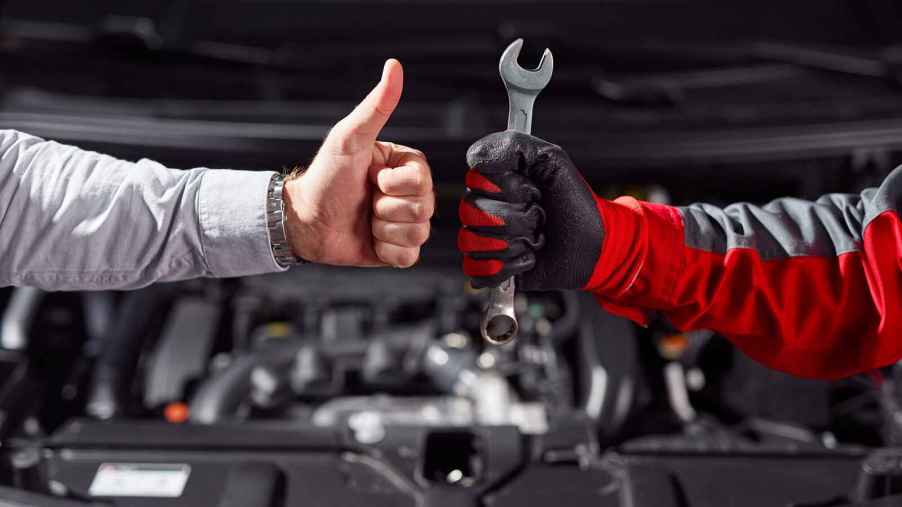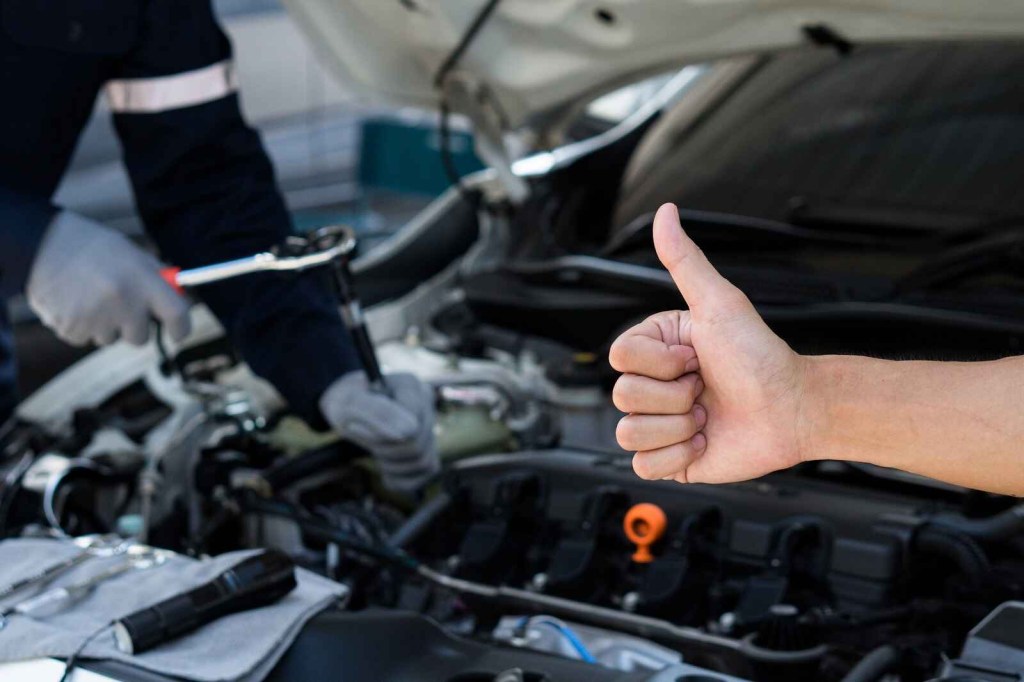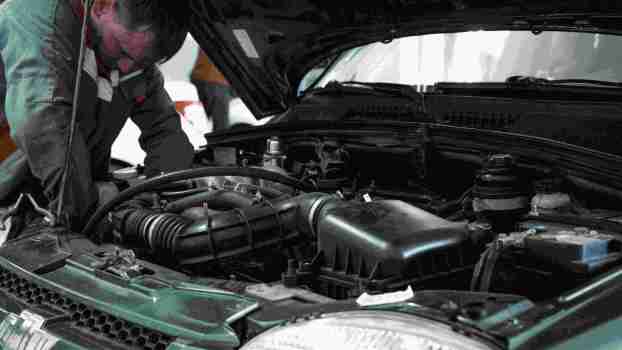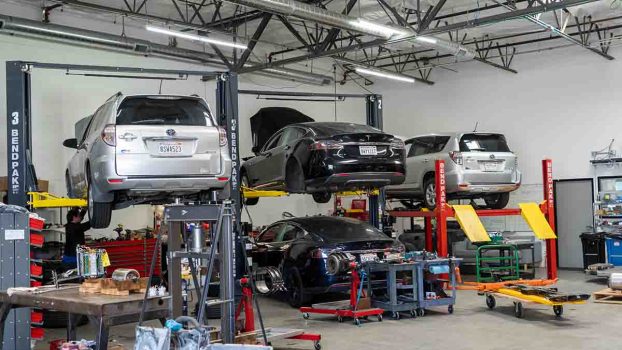
6 Ways to Budget Out Your Car Repair Estimate
If you own a used car and have visited a shop with a funny noise, something dripping under the vehicle, or a weird smell coming from under the hood, you might have been handed a heart-rate-increasing list of items flagged on inspection. I really wish all shops would adopt a communication method that allows folks to decide without fear what’s best when handling a car repair estimate. As a customer, the key to getting what you want – a properly repaired or maintained car for a fair price – is more about communication these days. Alas, until you find a shop that does the following for you, feel free to use this guide to budget your car repairs.

1. Separate reliability items from maintenance tasks
The hard truth is that many dealerships and shops employ salespeople who are paid based on collected revenue. This might mean a registered pushiness in presenting huge estimates for repairs and overdue maintenance. If this happens to you, ask the shop to list the items on the estimate in order of critical safety all the way down to scheduled maintenance.
Say you had the car towed in because it wouldn’t start, and your estimate lists the following items:
- A new starter
- The left outer tie rod end has a lot of play
- Front brake pads, because they have 20% remaining
- Rear sway bar bushings
- 150k mile maintenance service, including cabin air filter and brake fluid exchange
If you asked the shop what would affect safety and reliability versus general car care, here’s what they should tell you:
- The starter and left outer tie rod are reliability repairs
- The front brake pads, sway bar bushings*, and 150k mile service are expected maintenance items over the course of your vehicle’s lifetime.
*A note on the sway bar bushings: bushings are made of compressed rubber. They dry out and crack over time, just like drive belts do. Folks should consider the health of suspension bushings. Read on to see why these particular bushings aren’t considered a safety item, while some other bushings are.
2. Ask the shop to rate the urgency of items
Next, find out how critical these items are by having the shop order things for you if you aren’t sure.
In this case:
- Starter: Now, obviously, as the car won’t function without this.
- Tie rod: Now. The wheel might become partially disconnected if it breaks.
- Brake pads: Can wait a bit. While important, there’s still 20% left, so there’s some time here.
- Sway bar bushings: Replace when you can. Not a safety issue, but boy, do they make noise like they are. Often confused with strut or control arm bushing noise, which can become safety items.
- 150k maintenance: Take it or leave it now, depending on your budget.
We just turned a larger estimate into smaller, more digestible visits over time. You can do the starter and tie rod now, and feel free to separate the other three recommendations into their own visits later.
3. Check your repair and maintenance records
Make sure you haven’t paid for a repair in the past that might still be under warranty. Starters, for instance, sometimes come with lifetime warranties. Many shops operate under national parts supplier programs that offer extended labor warranties as well.
4. Ask to compare parts options and then shop the labor
If you’re at a dealer, OEM parts might be able to be switched with less expensive aftermarket options. You might not think the dealer would go for this option, but in my time at a shop, NAPA relied on dealers as some of their largest accounts.
If you’re at a local shop, they likely have commercial accounts with multiple suppliers. If you’re really in a pinch, you might ask for the most economical option over top-shelf.
I wouldn’t recommend shopping labor too hard on, say, a starter replacement since it’s so straightforward. But on some larger jobs or maintenance packages, you might save hundreds by switching from one shop to another. Be sure you aren’t trading quality for price, though, or you’ll pay in the end one way or another.
5. Consider payment options for urgent repairs
Some shops offer financing. This can include an in-house handshake or a more formal third-party credit card specifically for vehicle service.
6. Find out what you can do yourself
If you’re even slightly handy, some repairs and maintenance services are actually quite simple. YouTube is a wonderful resource for determining how much time it might take you to DIY. Air filters, batteries, fuses, most sensors, some suspension parts, and more are really just “take the old one off and put a new one back on.” Depending on your situation, you can roll up your sleeves, maybe with a friend, and get it done. Tread carefully, though; if you have zero experience and the process requires skilled trade-level equipment or knowledge, leave it to the pros.
One of consumers’ age-old complaints about the car repair industry is the perception or fear of being cheated. In my experience in the Midwest and California, most shops are actually pretty decent at fixing cars. In fact, I’d wager that shops that battle chronic negative customer perceptions are more than likely operating under worse communication standards than unskilled workmanship. If your shop won’t do the above for you when asked, consider changing service providers.





